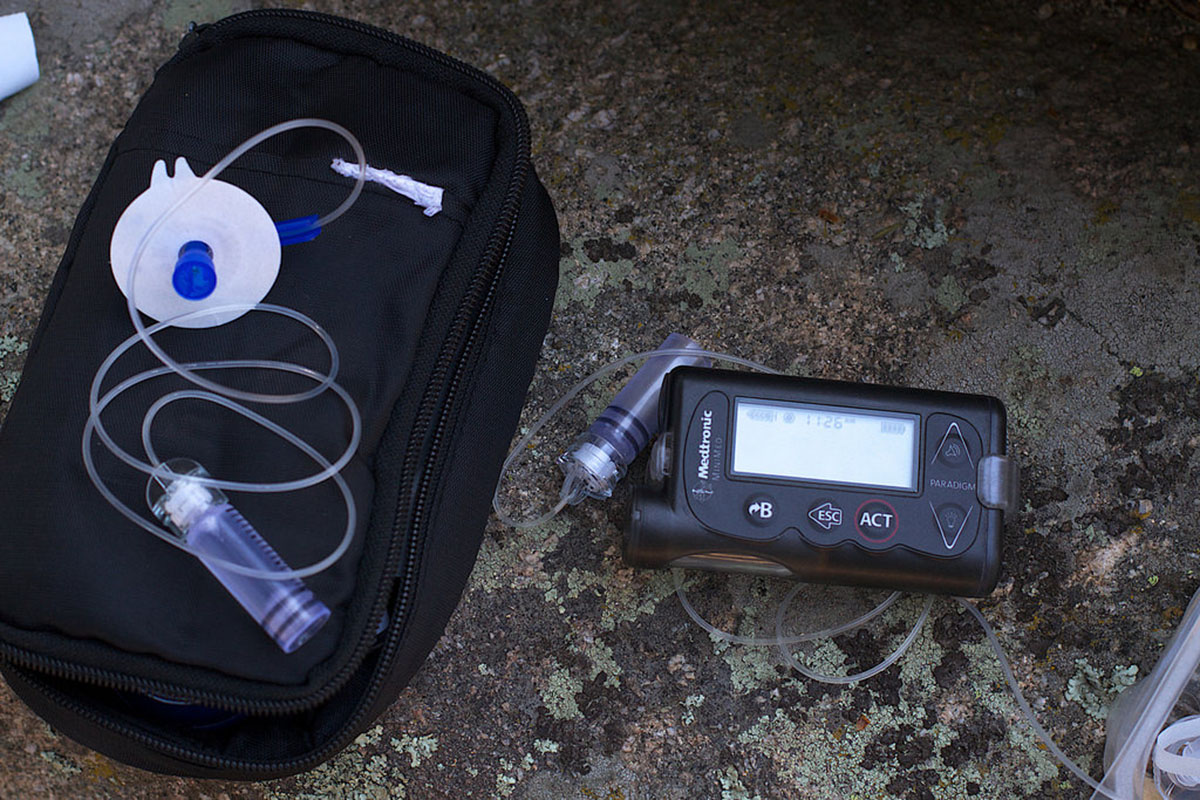Table of Contents
Many doctors still prescribe a class of drugs known as sulfonylureas for type 2 diabetes. These medications lower blood sugar levels, but at risk of making the underlying problem worse, and increasing the likelihood of death.
A more serious issue with the use of sulfonylureas is that people who take them are more likely to have fatal heart attacks, much more likely to have fatal heart attacks, in fact. One study found that users of tolbutamide (Orinase) were up to 522 percent more likely to die of a heart attack than diabetics who control their blood sugars with diet and exercise.
Another study found that switching to metformin really wasn't the answer, either. Metformin use resulted in about 8 percent more deaths from heart attacks than tolbutamide, although the risk of hypoglycemia (which can also result in death) was about 57 percent lower with metformin.

If you have type 2 diabetes, and you don't have a lot of money for medication, what can you do?
- Meglitinide drugs (which act very similarly to sulfonylurea drugs but have a shorter period of activity) are safer than sulfonylurea. They are still "pills" for treating diabetes, very easy to use, and not especially expensive (at least when compared to insulin). Gliclazide (which isn't available in the USA) and repaglinide (sold as Prandin in the USA) are relatively heart-safe. However, because they are relatively short-acting, they are less likely to help keep your blood sugar levels down if you snack between meals.
- When American researchers looked at the health records of 230,000 veterans receiving healthcare through the US Veteran's Administration, they found that metformin (which is equally effective and inexpensive) was linked to fewer heart attacks, strokes, and deaths than any sulfonylurea drug.
- Glipizide (Glucotorl) and glyburide (Micronase) raise the risk of heart attack by stimulating beta-receptors on the heart, forcing it to work harder. If you happen to be taking a blood pressure medication in the beta-blocker class in addition to your diabetes medication, the increased risk of heart attack they pose is lower. However, taking beta-blockers can make it more difficult to recognize the early symptoms of hypoglycemia. The solution is to test blood sugar levels often.
- Sulfonylurea drugs are actually better for diabetics who have a form of diabetes known as MODY, or maturity onset of diabetes of the young. This form of the disease can attack people who are thin and active, and usually is found in people who are normal weight or underweight. In MODY, the problem isn't an inability to make insulin. It's an inability to "release" or secrete insulin. Sulfonylureas restore the ability of beta cells to release insulin into the bloodstream, without causing them to "burn out" due overstimulation. However, even in MODY, long-term results tend to be better with metformin.
It's a good idea for your doctor to test you for the MODY genes when you are first diagnosed with diabetes. If you have it, you can start taking these inexpensive, well known drugs and expect good results.
If you don't, you can skip sulfonylurea treatment and go straight to other treatments that are more likely to work for you, bypassing the increased risk of heart attack, stroke, and death.
Sometimes type 2 diabetes really can be controlled by diet and exercise, that is, very strict diet, and exercise that includes strength training as well as cardio. Very few diabetics actually control their diets closely enough to make a difference, or get the right kind of exercise. If your doctor prescribes a sulfonylurea drug, however, ask questions, and make sure that whatever you are doing for diabetes you know the results by testing, testing, and testing some more, taking your blood sugar levels at home as often as your doctor recommends.
- Christianne L. Roumie et al. Comparative Effectiveness of Sulfonylurea and Metformin Monotherapy on Cardiovascular Events in Type 2 Diabetes Mellitus: A Cohort Study. Ann Intern Med., 6 November 2012
- 157(9):601-610.
- Photo courtesy of frankieleon via Flickr: www.flickr.com/photos/armydre2008/3672112456
- Photo courtesy of cogdogblog via Flickr: www.flickr.com/photos/cogdog/19075009156

